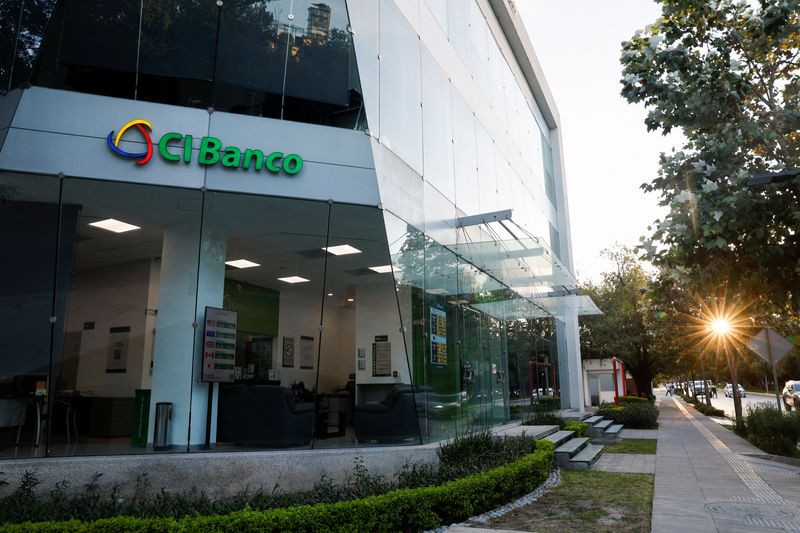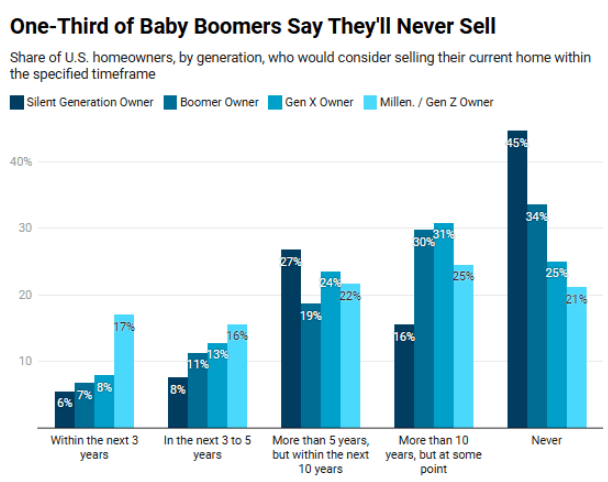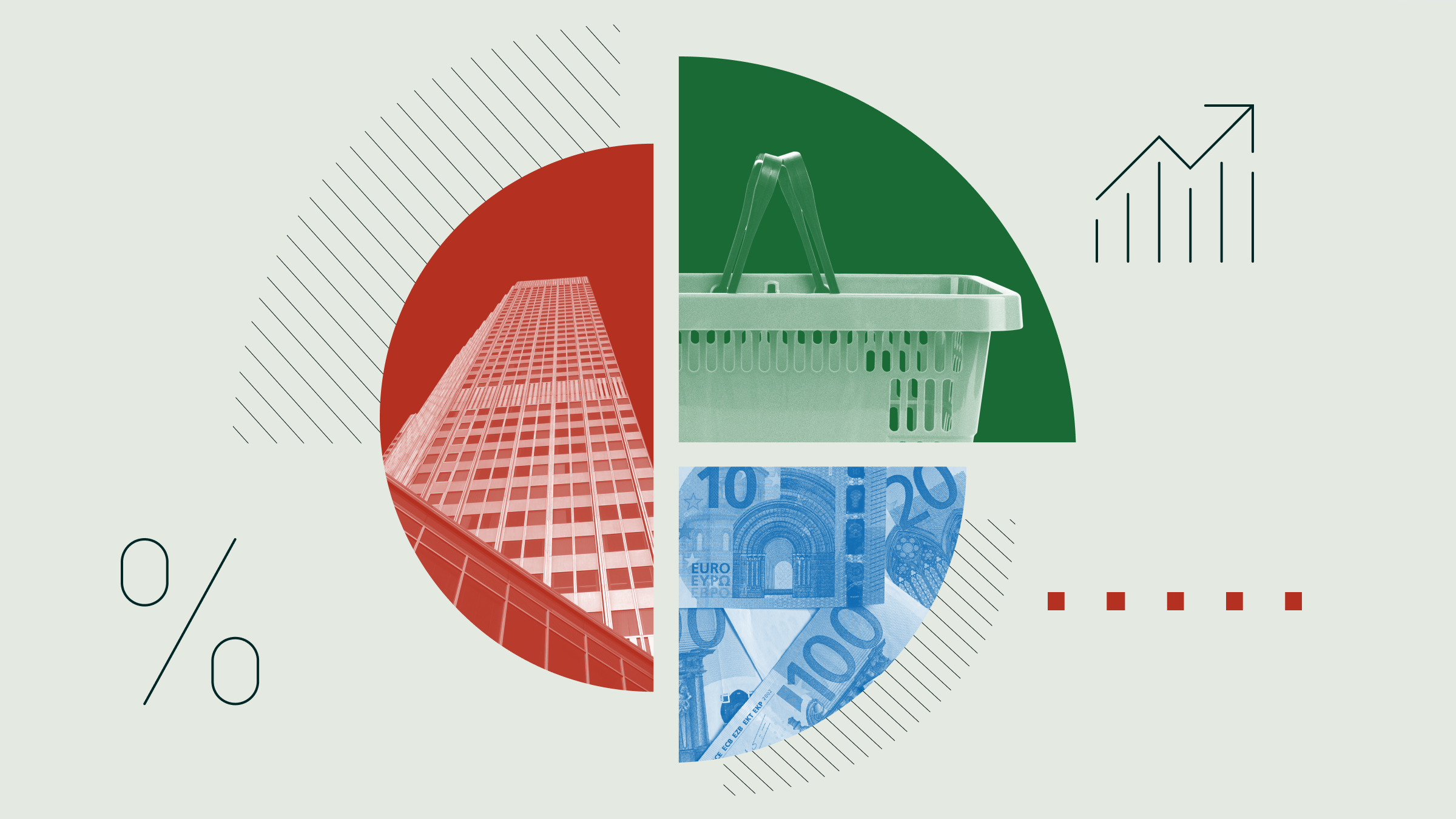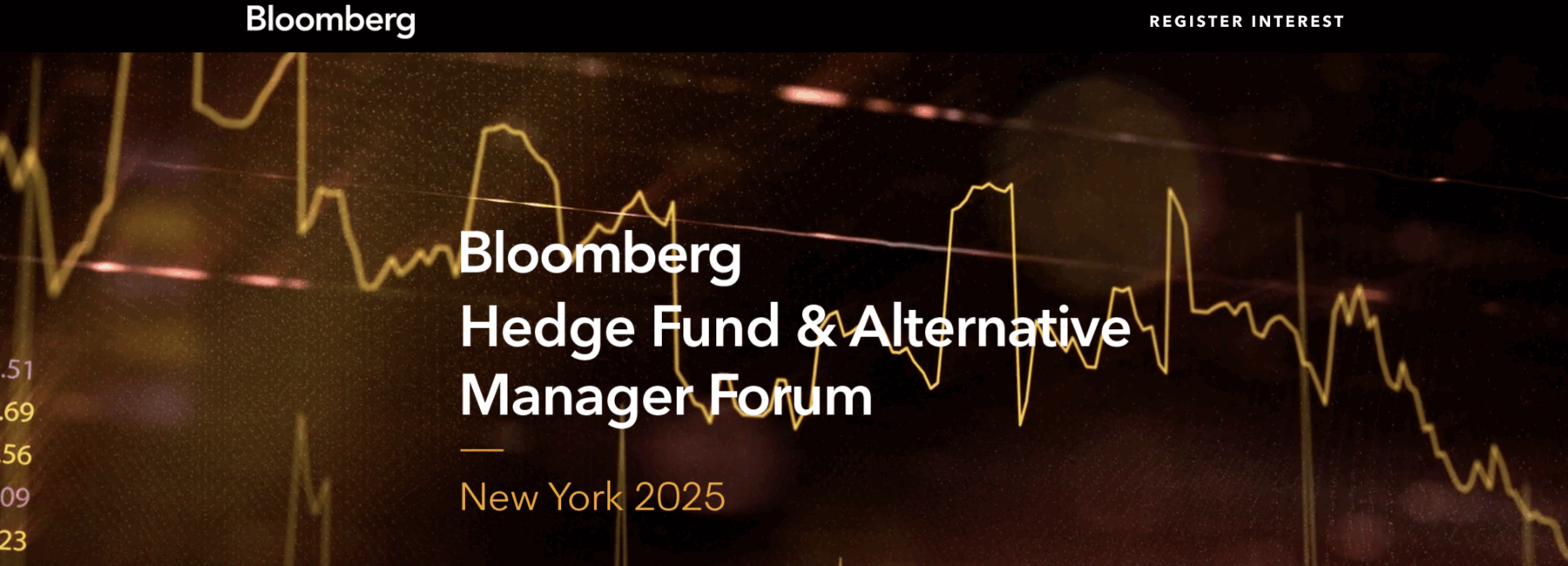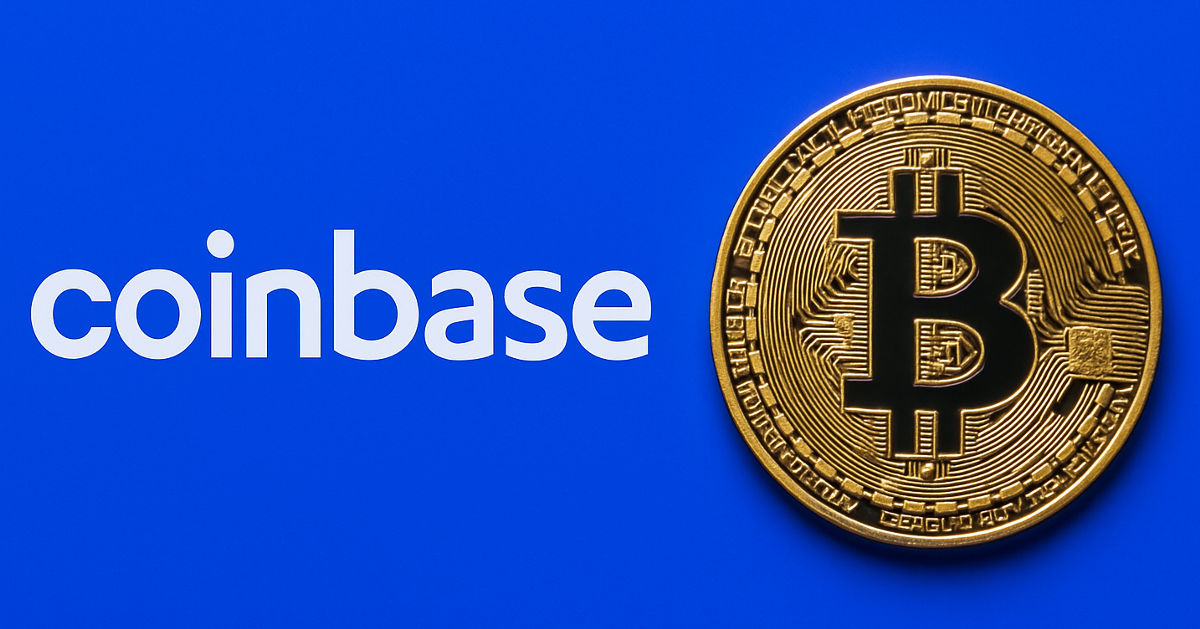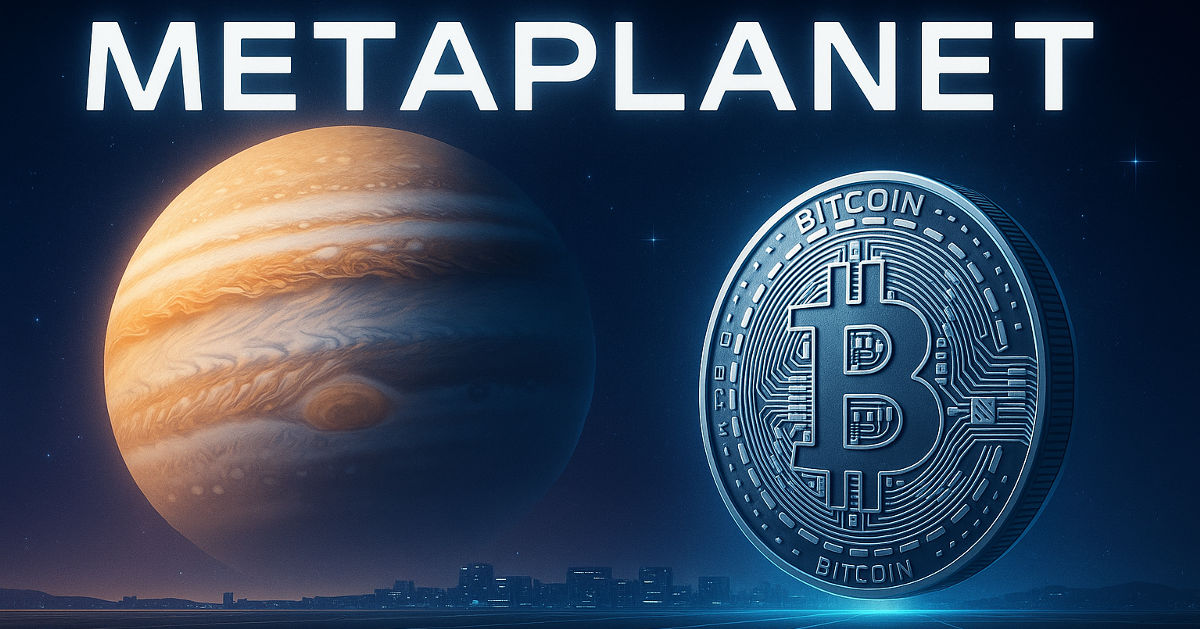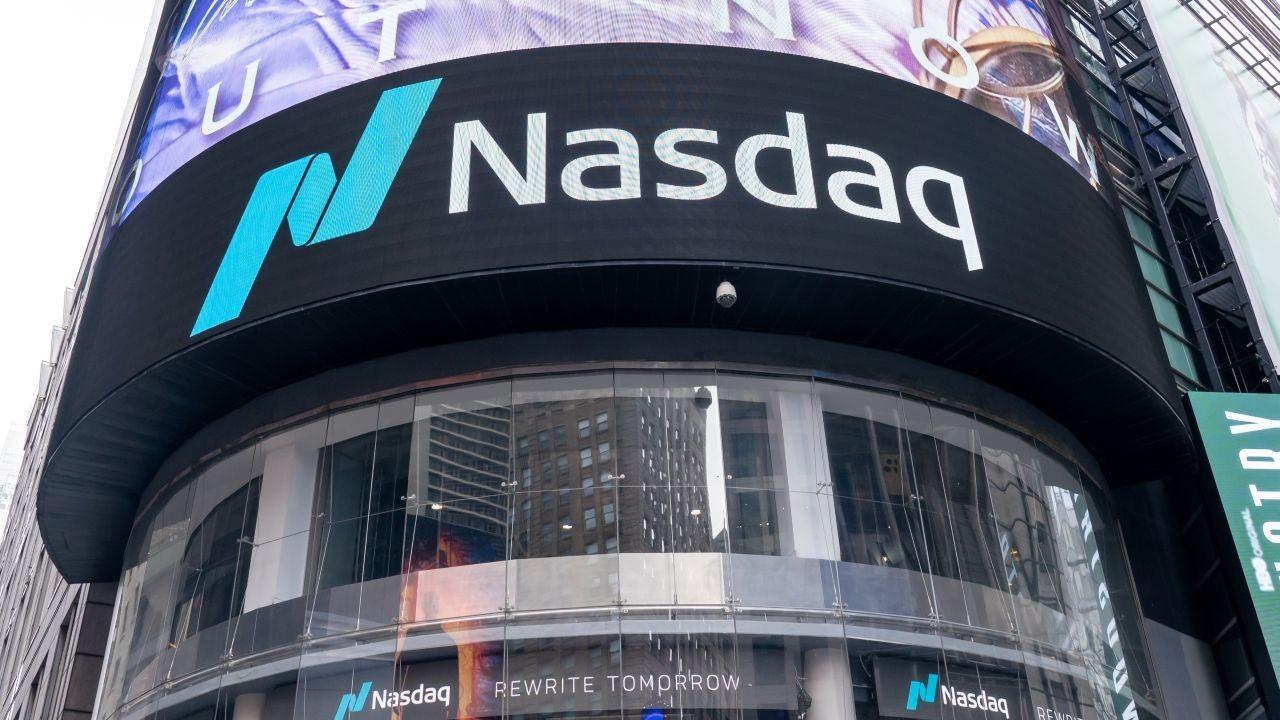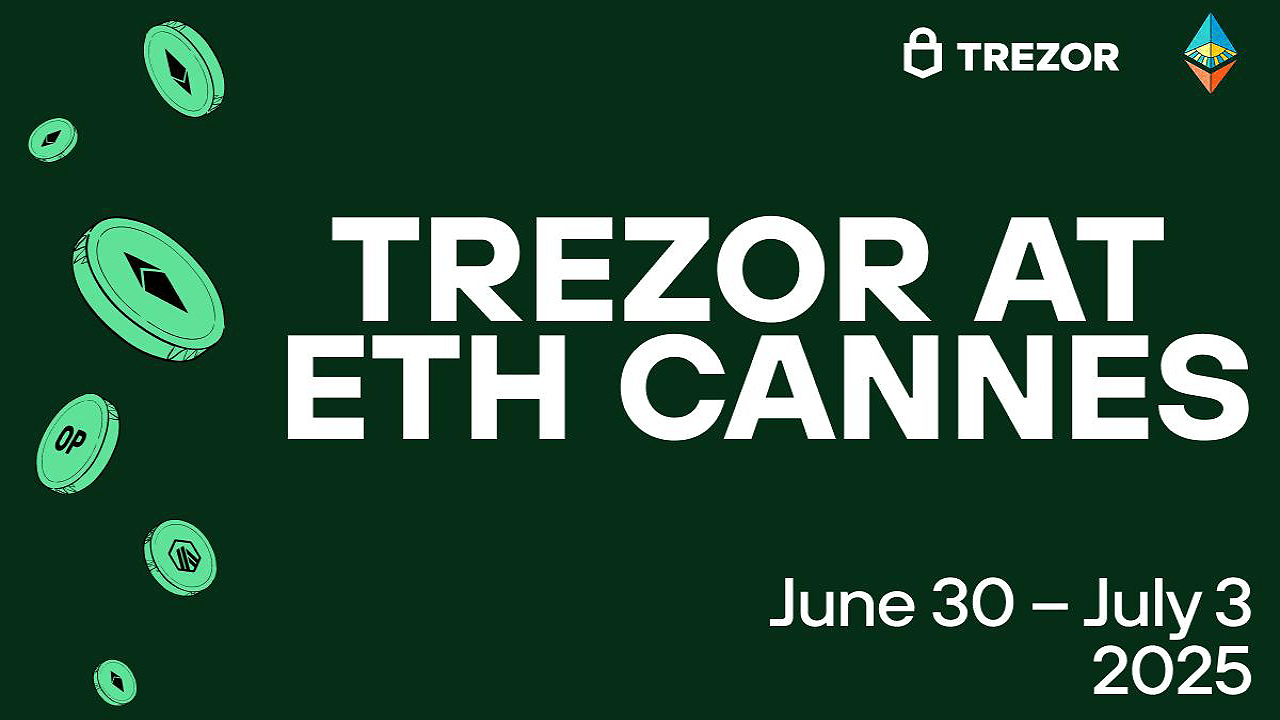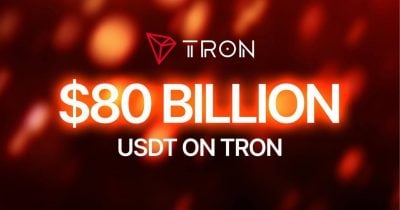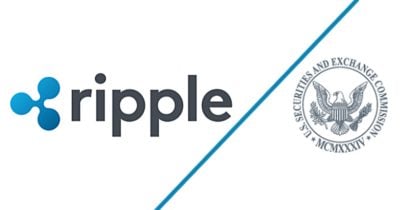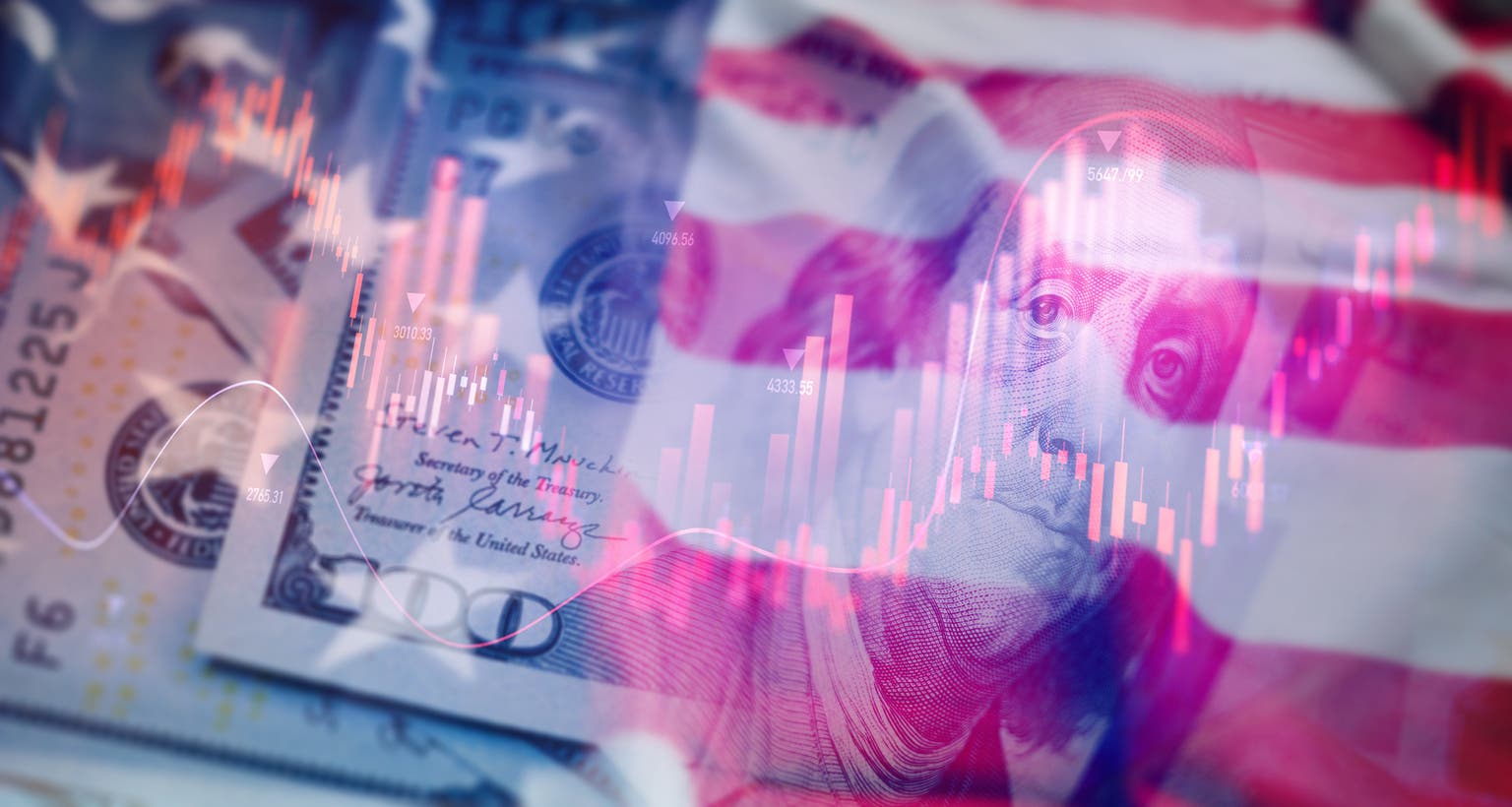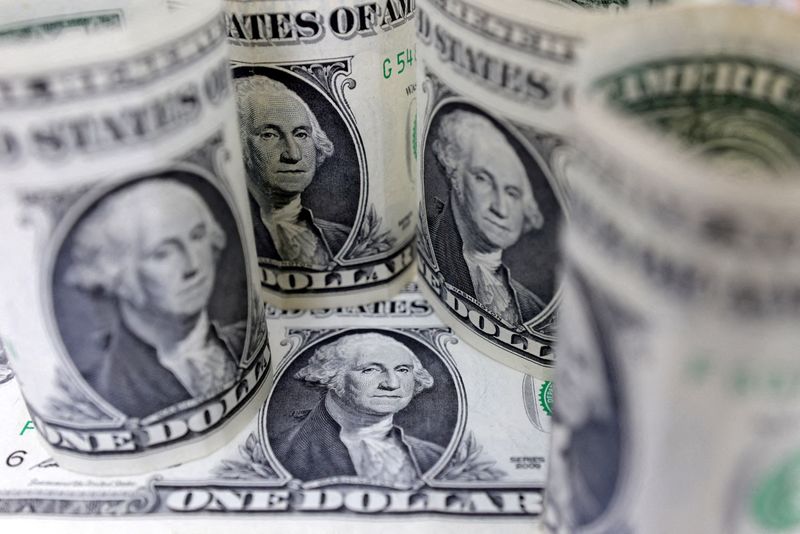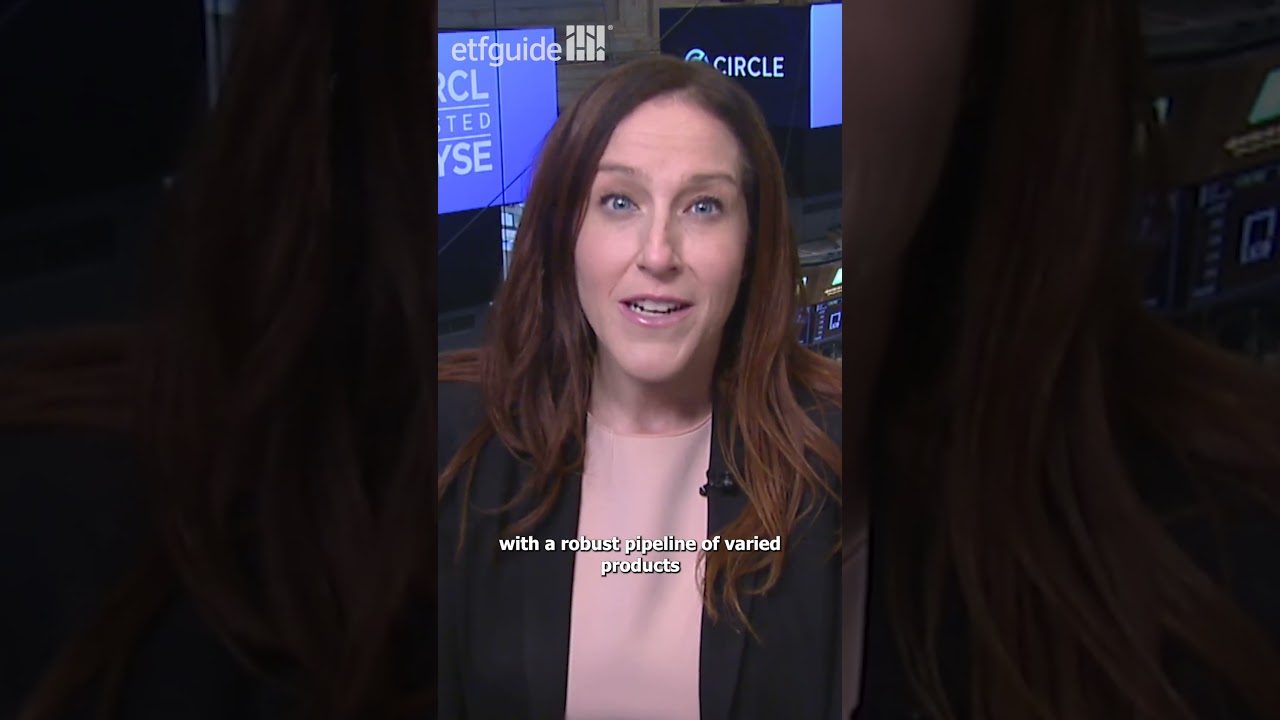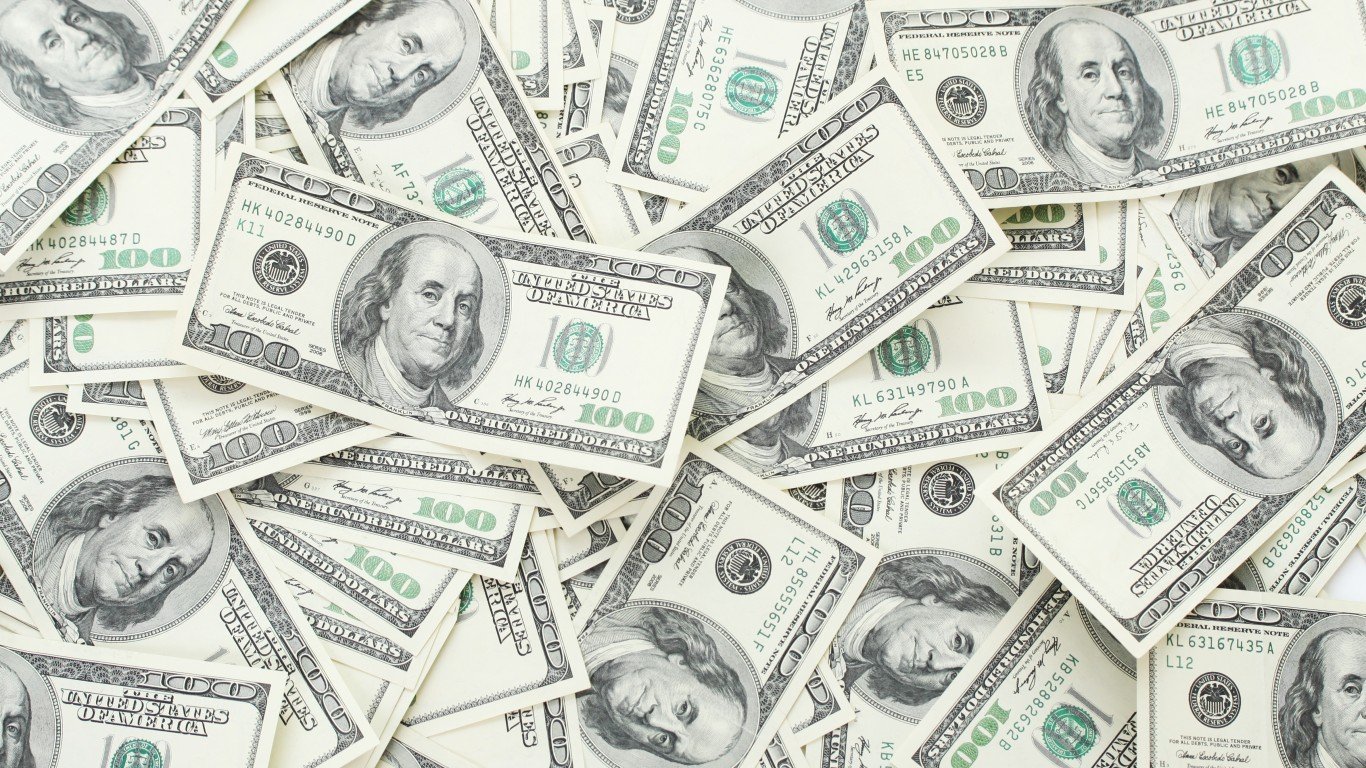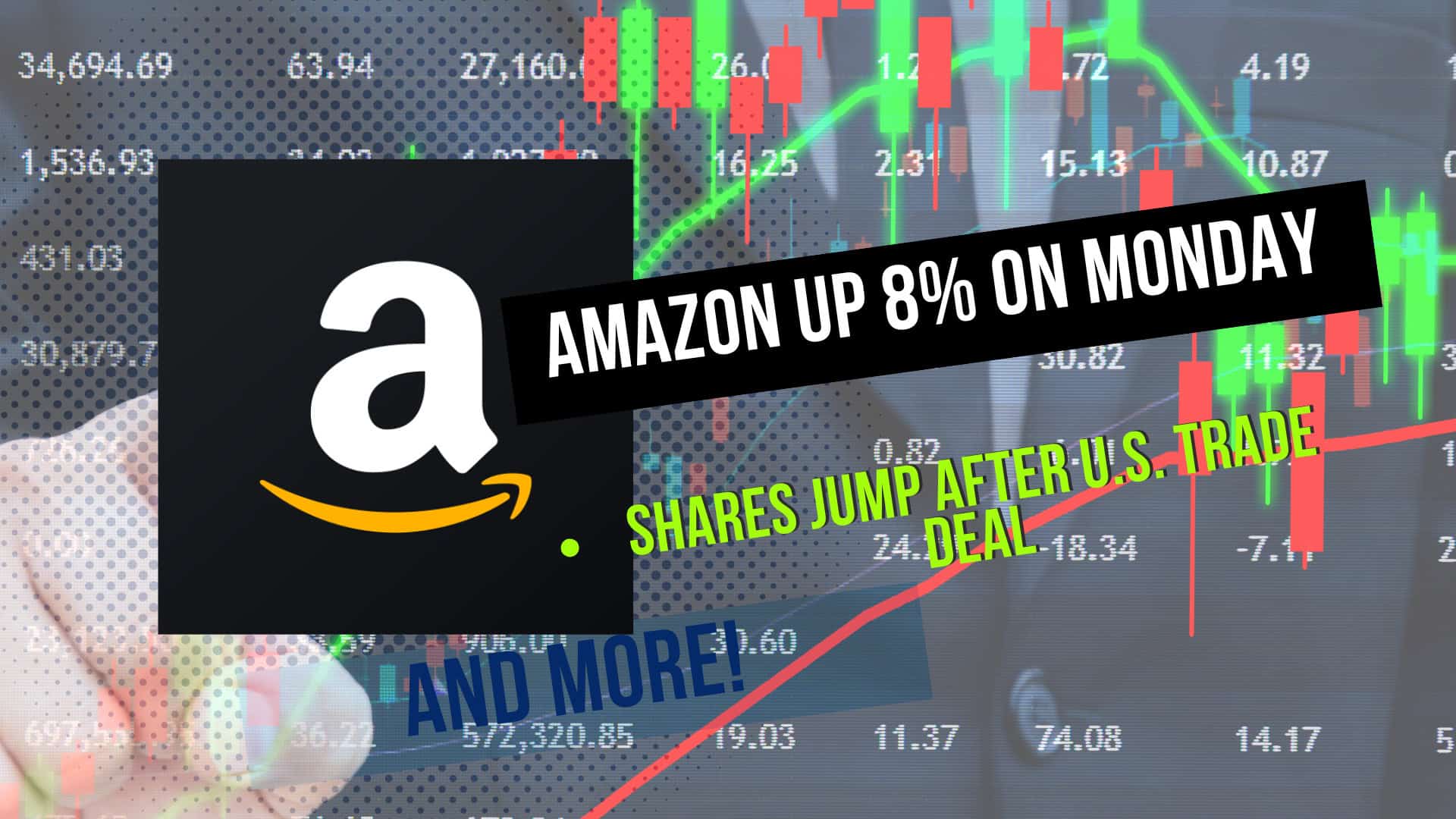Schwab’s SCHD vs. Vanguard’s VYM: Which Dividend ETF Wins in 2025?
This post may contain links from our sponsors and affiliates, and Flywheel Publishing may receive compensation for actions taken through them. Gone are the days when investors had to individually research stocks and keep them on the watchlist before investing their money in them. With current market uncertainty, exchange-traded funds (ETFs) make investing cost-effective and […] The post Schwab’s SCHD vs. Vanguard’s VYM: Which Dividend ETF Wins in 2025? appeared first on 24/7 Wall St..
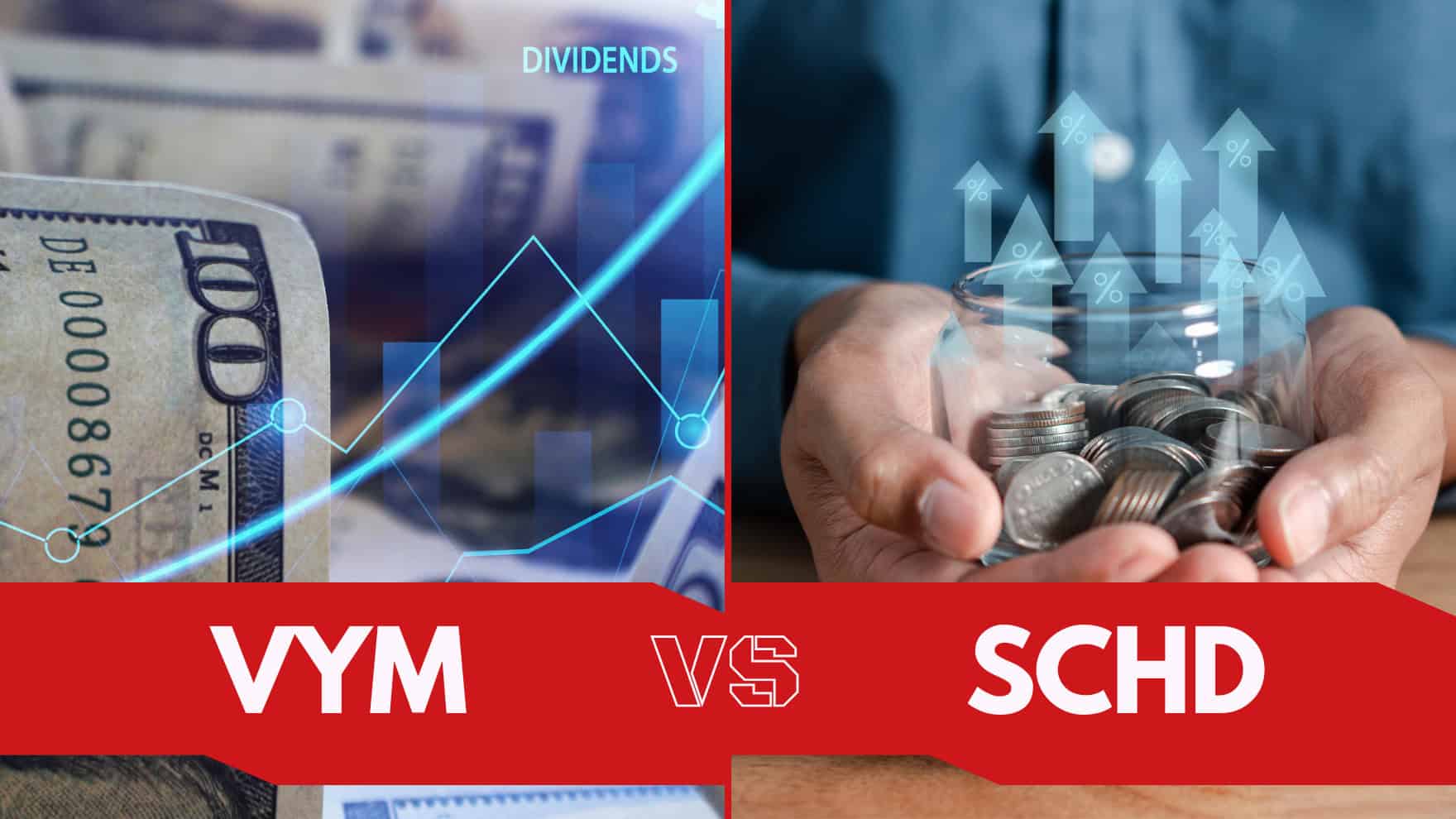
Gone are the days when investors had to individually research stocks and keep them on the watchlist before investing their money in them. With current market uncertainty, exchange-traded funds (ETFs) make investing cost-effective and easier. An ETF will give you exposure to a basket of companies and — in many instances — generate passive dividend income without you having to worry about the daily market ups and downs.
If you’re an income-focused investor interested in dividends, there are two products from well-established sell-side firms worth considering: Schwab and Vanguard. Both offer dividend ETFs that feature highly diversified portfolios and steady income streams. Let’s look at both to determine which of the two is the best.
Key Points in This Article:
- Both SCHD and VYM offer shareholders a portfolio composed of holdings that span numerous sectors.
- These ETFs not only provide steady dividend income, they are both focused on long-term growth.
- Are you ahead, or behind on retirement? SmartAsset’s free tool can match you with a financial advisor in minutes to help you answer that today. Each advisor has been carefully vetted, and must act in your best interests. Don’t waste another minute; get started by clicking here. (Sponsor)
Schwab U.S. Dividend Equity ETF (SCHD)
The Schwab U.S. Dividend Equity ETF (NYSEARCA:SCHD) tracks the total return of the Dow Jones U.S. Dividend 100 Index.
The fund owns a solid portfolio of 103 stocks which are mostly dividend-paying companies. SCHD isn’t tech-focused which sets it apart from several other ETFs. If you do not want to go big on tech stocks or are tired of the Magnificent Seven, this ETF can be an ideal choice. SCHD picks companies based on dividend sustainability and quality. If a company cuts dividends or consistently reduces it, the company will be removed from the fund.
Its holdings include:
- Energy: 21.08%
- Consumer Staples: 19.06%
- Healthcare: 15.68%
- Industrials: 12.45%
It is top-heavy and the top 10 stocks make up about 40% of its total portfolio and no stocks have a weightage over 5%. Some of the stocks in the top 10 include Verizon Communications (NYSE:VZ), Merck & Co. Inc. (NYSE: MRK), Coca-Cola (NYSE:KO), Chevron Corporation (NYSE: CVX) and PepsiCo (NASDAQ:PEP). All of these companies are strong dividend payers that haven’t disappointed investors for years.
SCHD has an NAV of $26.20 and has dropped 3.89% in 2025. It has a 30-day SEC yield of 3.97% and an expense ratio of 0.06%. It has delivered an annualized five-year return of 13.7% and an annualized 10-year return of 10.7%. Since the ETF chooses mature companies, there’s little you need to worry about. These companies have high yields and do not see a sharp correction in case of a market pullback. The dividend is distributed each quarter which means you can depend on a paycheck four times a year.
There’s a lot to like about SCHD: It has a diversified portfolio, owns elite companies, a high yield and a low expense ratio, and its focus on dividend growth is alluring to income investors.

Vanguard High Dividend Yield Index Fund ETF (VYM)
A popular name in the industry, Vanguard has gained investor attention for its low-expense ratios and dividend ETFs. The Vanguard High Dividend Yield ETF (NYSE: VYM) has an expense ratio of 0.06%. VYM holds over 500 stocks which means you get exposure to multiple sectors and companies.
With this ETF, you get exposure to some of the biggest U.S. stocks across different industries. Its holdings include:
- Financials: 21.10%
- Industrials: 13.60%
- Healthcare: 12.30%
- Technology: 11.20%
The top 10 stocks make up 24% of the total portfolio and include Walmart (NYSE:WMT), ExxonMobil (NYSE:XOM), Procter & Gamble (NYSE:PG) and Broadcom (NASDAQ: AVGO). This is another ETF that is not tech-heavy and does not focus on the Magnificent Seven.
VYM has an NAV of $130 and is up 2.71% in 2025. It has increased 10% in 12 months. The ETF has a 30-day SEC yield of 2.63%. It pays quarterly dividends and has the potential for capital appreciation. If you have a moderate risk appetite, you might want to consider VYM for your portfolio. You can expect steady quarterly income and a diversified portfolio of some of the best U.S. companies. It has a low expense ratio, holds top dividend-paying companies and you get to own over 500 best U.S. stocks.
It generated an annualized 3-year return of 8.32% and a 5-year return of 13.43%. While VYM offers high diversification, it owns so many stocks that the yield is diluted. If diversification is your goal, this might be an ideal choice.

The Verdict
Comparing SCHD and VYM is like placing two stalwarts side by side. Both are exceptional ETFs that deserve a place in any investor’s portfolio. However, the ultimate choice will depend on your goals and financial situation. If the dividend is a priority, I’d recommend investing in SCHD over VYM since it boasts of a higher yield, has generated higher annualized returns over five years, and owns the finest blend of stocks. Its portfolio has close to 100 stocks which are the best of the industry. That said, SCHD is much cheaper than VYM.
The post Schwab’s SCHD vs. Vanguard’s VYM: Which Dividend ETF Wins in 2025? appeared first on 24/7 Wall St..







